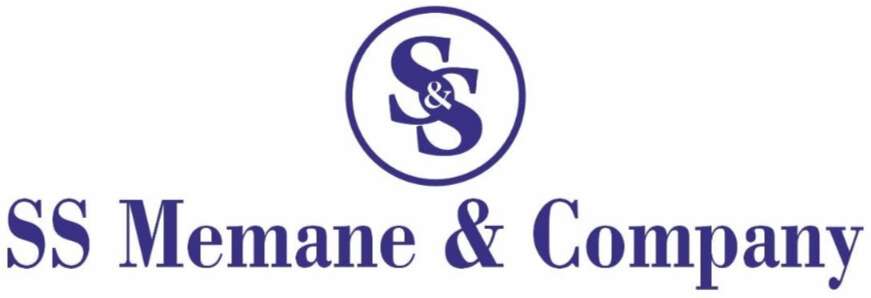PF Registration
Quick Contact
Documents Required
- PAN Card
- GST Registration Certificate
- Identity proof
PF Registration
Provident Fund (PF) registration is a mandatory requirement for organizations in India that have 20 or more employees. The Employees’ Provident Fund Organization (EPFO) administers the PF scheme, which aims to provide financial security and retirement benefits to employees. Through PF registration, both employers and employees contribute a specific percentage of the employee’s salary to the fund, which can be withdrawn upon retirement or under certain conditions.
Key Points
Mandatory for Employers: Any organization with 20 or more employees is required to register for PF with the EPFO.
Employer-Employee Contributions: Both the employer and the employee contribute 12% of the employee’s basic salary and dearness allowance to the PF fund.
Unified Portal: PF registration and management are done through the Unified Shram Suvidha Portal, making the process straightforward and accessible.
Unique UAN: Each employee registered under the PF scheme is assigned a Universal Account Number (UAN), which remains the same throughout their career, even if they change jobs.
Documents Required
Employer Documents:
PAN Card of the company.
Certificate of Incorporation or Partnership Deed (for companies and partnerships).
GST Registration Certificate.
Address proof of the business establishment (utility bills, lease deed, etc.).
Employee Documents:
Identity proof (Aadhaar, PAN card).
Bank account details.
Contact information.
Date of joining and salary details.
Other Documents:
Digital Signature Certificate (DSC) of the employer for online verification.
List of all employees with their details.
Process
Online Registration:
Visit the Unified Shram Suvidha Portal and register as an employer.
Fill in the required details about the establishment, such as name, address, type of business, and employee details.
Submission of Documents:
Upload the necessary documents, including the PAN card, incorporation certificate, and employee details.
Attach the Digital Signature Certificate (DSC) for authentication.
Verification:
The EPFO will verify the submitted documents and details.
Upon successful verification, the organization will receive a unique Establishment ID.
Allocation of UAN:
The EPFO will generate UANs for all eligible employees.
These UANs will be linked to the employees’ PF accounts, allowing them to track their PF contributions and balance online.
Contribution Payment:
The employer must start deducting the PF amount from employees’ salaries and make the necessary contributions.
Payments should be made to the PF account by the 15th of every month.
Monthly Returns:
File monthly returns through the EPFO portal, detailing the contributions made for each employee.
Advantages
Retirement Savings: PF provides a secure savings mechanism for employees, ensuring they have a financial cushion upon retirement.
Tax Benefits: Both employers and employees enjoy tax benefits on PF contributions under the Income Tax Act.
Employee Welfare: Offering PF benefits enhances employee satisfaction and loyalty, contributing to lower attrition rates.
Legal Compliance: PF registration ensures that the organization complies with labor laws, avoiding legal penalties.
Disadvantages
Financial Burden on Employers: Small businesses may find the mandatory 12% contribution to PF a financial strain, especially when cash flow is tight.
Complexity of Compliance: Maintaining PF accounts, filing monthly returns, and staying updated with EPFO regulations can be administratively challenging.
Limited Liquidity for Employees: Employees can only withdraw their PF balance under specific conditions, which may limit their access to funds in emergencies.
Penalties for Non-Compliance: Failure to comply with PF regulations, including timely contributions and return filings, can result in significant fines and legal consequences.
- Copyright 2024 © SS Memane || Designed By || Mr. Sunil Memane


